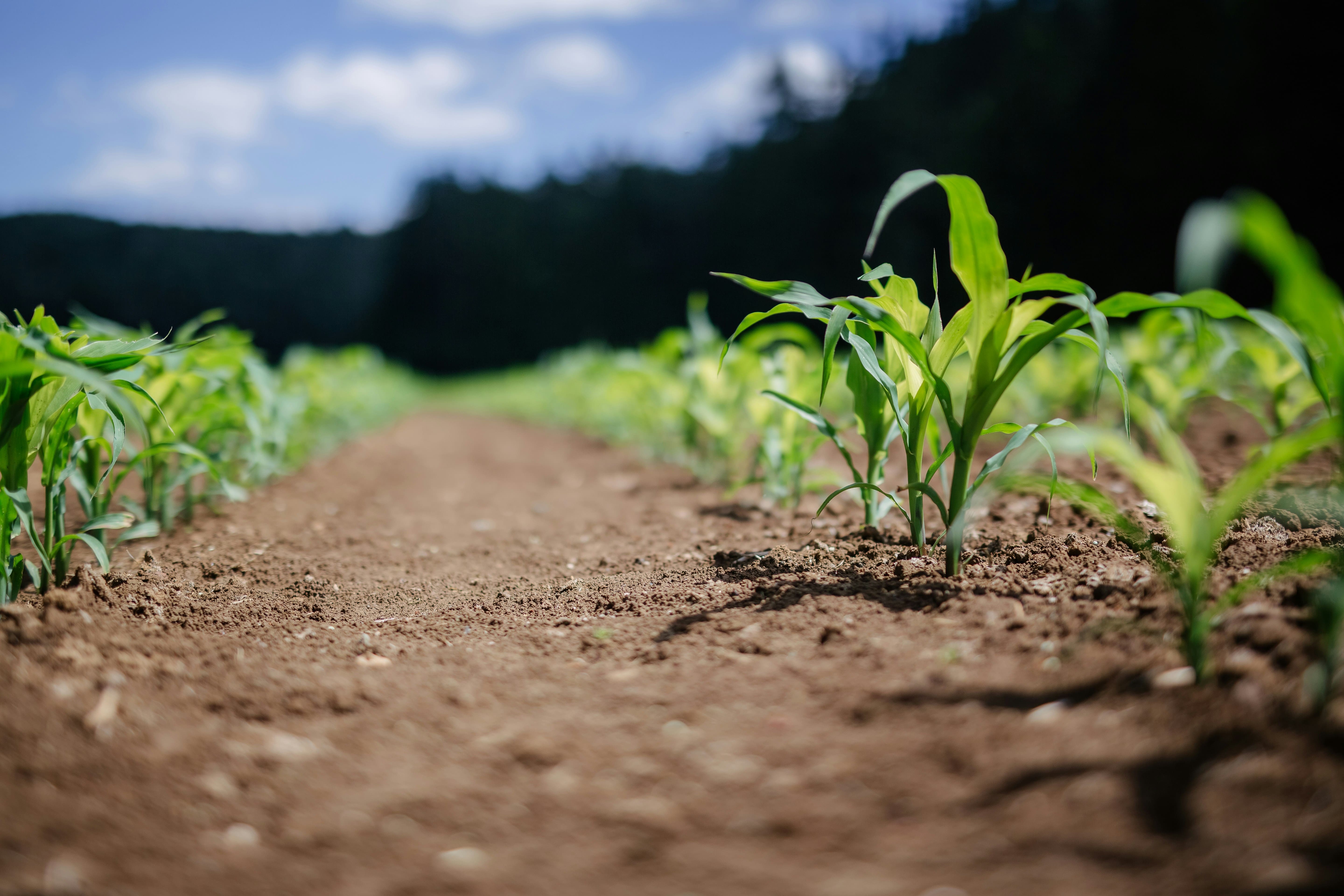Key Takeaways
- Doubling Yields: Improved agronomic practices can double maize yields in Sub-Saharan Africa (SSA).
- No Land Expansion: These practices can meet maize demand without expanding cropland.
- High-Impact Practices: Effective practices include hybrid seeds, proper nutrient management, early sowing, and pest control.
- Substantial Yield Gaps: Current yields are far below potential, indicating significant room for improvement.
Introduction
With the demand for maize in SSA expected to increase by 233% by 2050, the region faces challenges in meeting this demand without further expanding cropland. Aramburu-Merlos et al. (2024) investigate yield-improving practices that could sustainably boost maize production.
Research Overview
The study examines data from 14,773 smallholder maize fields across various SSA regions, identifying agronomic practices that significantly improve yields. The researchers determine the most effective strategies by analyzing field-level data and employing advanced statistical methods.
Methodology
Data Collection: The study uses data from diverse maize-growing environments in SSA, including climate, soil, and management practices.
Analysis: Conditional inference tree models and machine learning techniques were applied to quantify the impact of different agronomic practices on maize yields.
Results
Yield Improvement: Key practices that doubled yields include:
- Hybrid Seeds: Use of hybrid seeds significantly boosts yields compared to open-pollinated varieties.
- Nutrient Management: Higher rates of nitrogen and phosphorus fertilizers, coupled with proper placement, are critical.
- Early Sowing: Sowing earlier in the season maximizes yield potential.
- Pest Control: Effective pest management is essential for maintaining high yields.
Environmental Impact: Improved practices can meet future maize demand without expanding cropland, reducing the need for imports and preserving natural ecosystems.
Conclusion
The findings by Aramburu-Merlos et al. (2024) highlight the potential for significant yield improvements through targeted agronomic practices. By focusing on proven strategies, SSA can sustainably increase maize production, enhance food security, and avoid the negative impacts of cropland expansion.
For more detailed information, you can access the full study here.
Photo by Adrian Infernus on Unsplash


